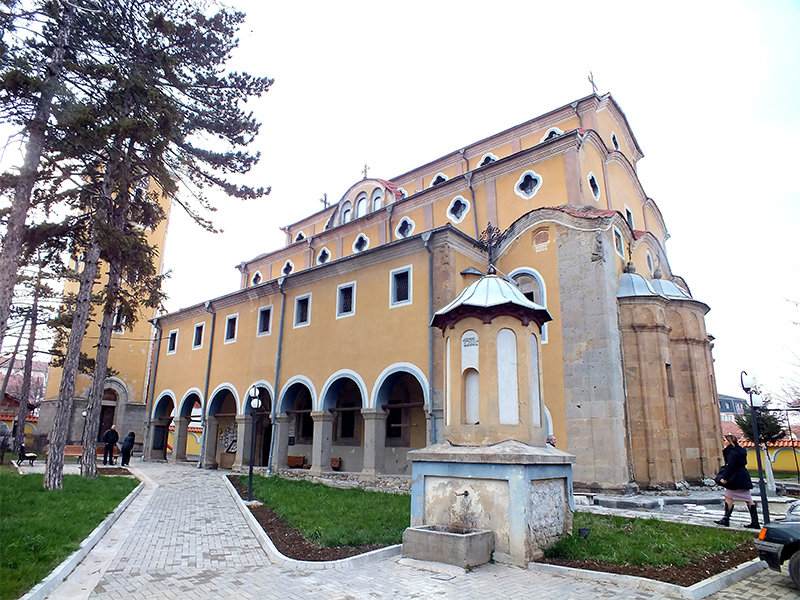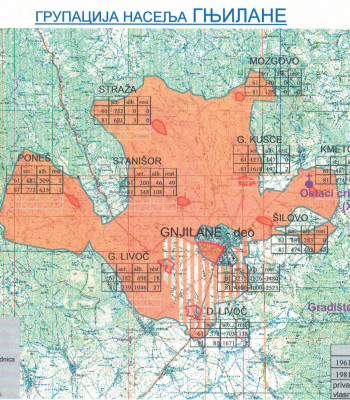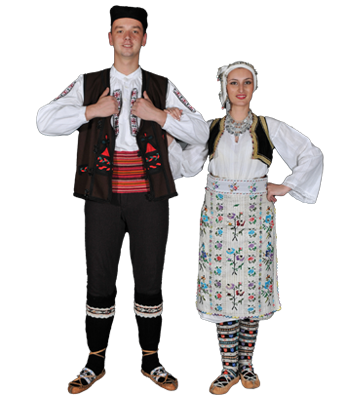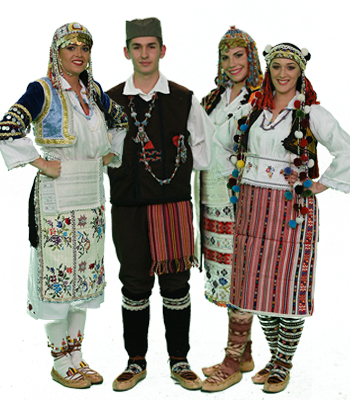Народне ношње Срба у Косовском Поморављу
(околина Гњилана),
крај 19. и прва половина 20. века
Folk costumes of Serbs in Kosovo Pomoravlje
(surroundings of Gjilan),
the end of the 19th and the first half of the 20th century
Познато је да су Моравци, уопште их узевши најпозитивнији и најтврђи наш тип.
Иза њих бије наша старина, нешто утврђено, нескоројевићско, оно основно што наш сељак као потврдно има. Нешто српско и царствено како ја волим да рекнем кад осећање једне истине овога реда не могу другачије речима да уобличим. За Горњо-Моравце све ово наглашено треба рећи.
Горње-Моравац је тврди Србин и православац нe од јуче. Чини ти се као да је од прастарина. Везан је за груду, за причу о њој као ретко ко...
Али нема Србина који ту груду зубима снажније држи. Трпљење му је огромна снага.
Григорије Божовић,
[Гњилани и Горња Морава],
Јужни преглед : лист за науку и књижевност,
Скопље, 13 : 1 (1939) 14-17.)
ETHNIC DRESS OF THE SERBS IN THE KOSOVO POMORAVLJE
(Gnjilane and its surroundings)
It is a well-known fact that the Moravians are generally our most positive and tough type. Our ancient traditions, something well established and non-snobbish, the fundamental things our peasants definitely have, pulsate from their past. Something Serbian and imperial, as I like to put it when I am unable to shape into words the truth of this order. As for the.
Upper Moravians, all this should be even further emphasized. The Upper Moravian is a hardened Serb and Orthodox believer of old, one would even think since time out of mind. He is strongly attached to his native soil, to the tales about it as few people are...
But there is no other Serb that seizes this soil in his teeth with more intensity. Longsuffering is his enormous strength.
Grigorije Božović,
Gnjilani i Gornja Morava [Gnjilane and the Upper Morava],
Južni pregled, XIII, 1939, No. 1, pp. 14-17.




